Marabino: elegance and finesse, a reverse trend of Nero d’Avola
Helen
March 29, 2023
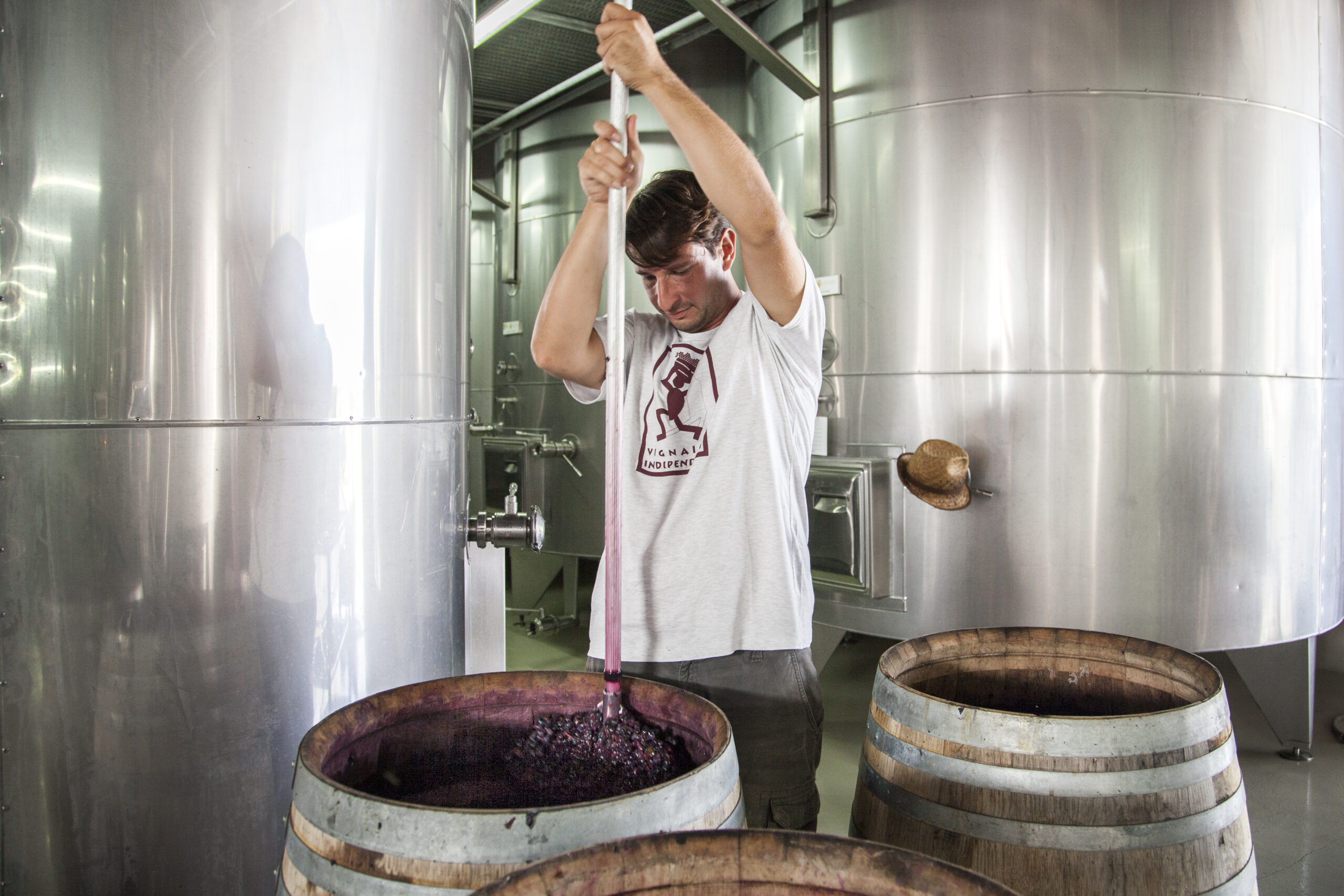
When the sun with its warmth is hidden in Palermo, I head to the south of the island to seek my fortune there. In an area where Baroque meets sun, wind, and the great winemaking traditions of southeastern Sicily together with the warmest hospitality, and exquisiteness of the local wines!
I found it all at Marabino winery, where, welcoming me this time is knowledgable Elia Zocco, the right-hand man of Pierpaolo Messina, the owner, and vigneron. Obviously, we head to the vineyard first…

Marabino estate is located in the Noto Valley, in Contrada Buonivini which in addition to boasting an always clear and terse sky is characterized by a special luminosity, being located in the middle between two different seas: the Ionian Sea and the Sicilian Channel.
It is the area just a few minutes down the road from the town that gave Nero d’Avola its name, and Marabino was one of the first producers to dignify this grape with the use of its own indigenous yeasts.
Though the territory’s image still suffers in some circles from the historic production of high-alcohol wines that were good only to boost thin wines from the mainland, estates like Marabino have completely reversed this trend, eliciting vivacious, pure, fresh, expressive, and complex wines.
The winery was founded in 2002 when Pierpaolo’s obstinacy and tenacity and support of the family led him to enhance the value of the territory in which he grew up.
Indigenous varieties such as 𝑴𝒐𝒔𝒄𝒂𝒕𝒐 𝑩𝒊𝒂𝒏𝒄𝒐 𝒂𝒏𝒅 𝑵𝒆𝒓𝒐 𝒅’𝑨𝒗𝒐𝒍𝒂 are preferred, older vineyards are trained with alberello (sapling or bush vines) and recent ones with espalier; calcareous, limestone and clay terrains comprise most of their twenty-nine hectares.

Work with single parcels
“Vineyards are in fact divided into 18 parcels: some of them are very small, less than half a hectare, and others are larger, up to 4 hectares or more. Archimede was the only one which was not planted by us, a plot of over 50 years, an important heritage of the estate for its historical memory of “Nero d’Avola” variety and for its archaic characteristic of biodiversity, with different fruit and olive trees deep in the sapling training system, called “impupato”, typical of Pachino.
But let’s see in detail: 6 plots are planted with white grapes. Of these, 2 are dedicated to different Chardonnay clones and the rest to white Moscato. Nero d’Avola, by far the most important and representative variety of the territory, is divided into 10 plots cultivated with both sapling and espalier, these are vineyards with very noticeable color characteristics of the soil, different exposures and altitudes which lead, from the beginning, to vinify each single plot separately to grasp its distinctive characteristics.
The peculiarity of this territory of limestone-clayey matrix is concentrated on an extreme unevenness of the soils, 4 are in fact the types found in Contrada Buonivini, locally named as “ianca”, “a crita”, “niura” and “palomina” soils. Making the Nero d’Avola wine by parceling even the largest vineyards into several parts has allowed us to produce small batches of as many as 6 different wines from a single vineyard, each with characteristics that are clearly distinguishable from the others, thanks to different soils and different exposures. Same grape, same vinification, different wines: this is the best way to convey the unique characteristics of our territory, as well as the uniqueness and extraordinary variations of Nero d’Avola of Val di Noto”.
Credit: Marabino Winery

Organic, Biodynamic, and natural practices
The methods at Marabino are just as revolutionary as they are traditional; the detail and precision with which they work are striking and entirely different from the mass-produced majority of Nero d’Avola on the market today.
Coming from adapting viticultural and biodynamic practices, the soils benefit from special conditions in this sun-drenched spot. Widely known organic practices, as well as natural products that follow the principles of biodynamic agriculture, are used such as corn manure and quartz powder that help the vineyards and the soil to be in balance and harmony with nature.
Grapes are picked at the last possible moment to obtain the ripest fruit, which is a trademark of the estate style. Despite maturity, contrary to what you might think, it’s not difficult to preserve the vein of freshness as the Nero d’Avola wines coming from here are unlike anything else. Natural acidity levels that rival those of Mosel Riesling.
Usually, Nero d’Avola wines are aged on fine lees for at least one year in steel / used tonneaux and two years in bottle, before releasing them on the market.
Pierpaolo’s wines are not certified biodynamic, but what he does with biodynamic and sustainable practices it’s more than I’ve witnessed around the most from what I’ve seen far out in Sicily.
The result is wine – the child of the hands that care for it and the land on which it grows.
And that’s why during the tasting of different Marabinos wines and especially the Nero d’Avola from various districts (Contrada), I was amazed by the unique expressions and characteristics due to the diversity of soil composition, that you could literally perceive.
These wines are the essence of the territory and varietal: bright, fleshy fruit with a palatable joie de vivre that was undoubtedly inherited from their creator. If you have been lucky enough to know Pierpaolo Messina from Marabino winery, you know very well how contagious his energy can be. If you don’t know him, it will be his wines that will speak, communicating bursting energy and radiance!
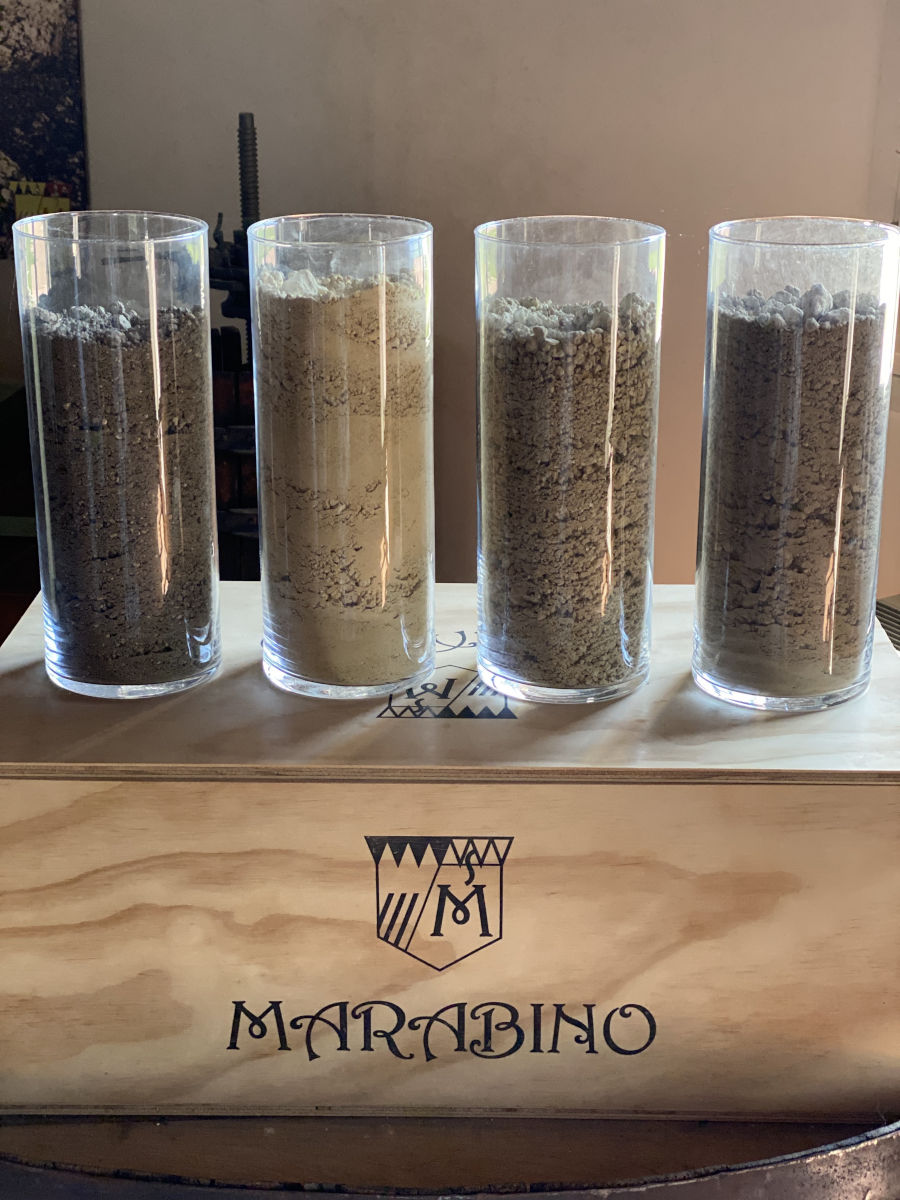
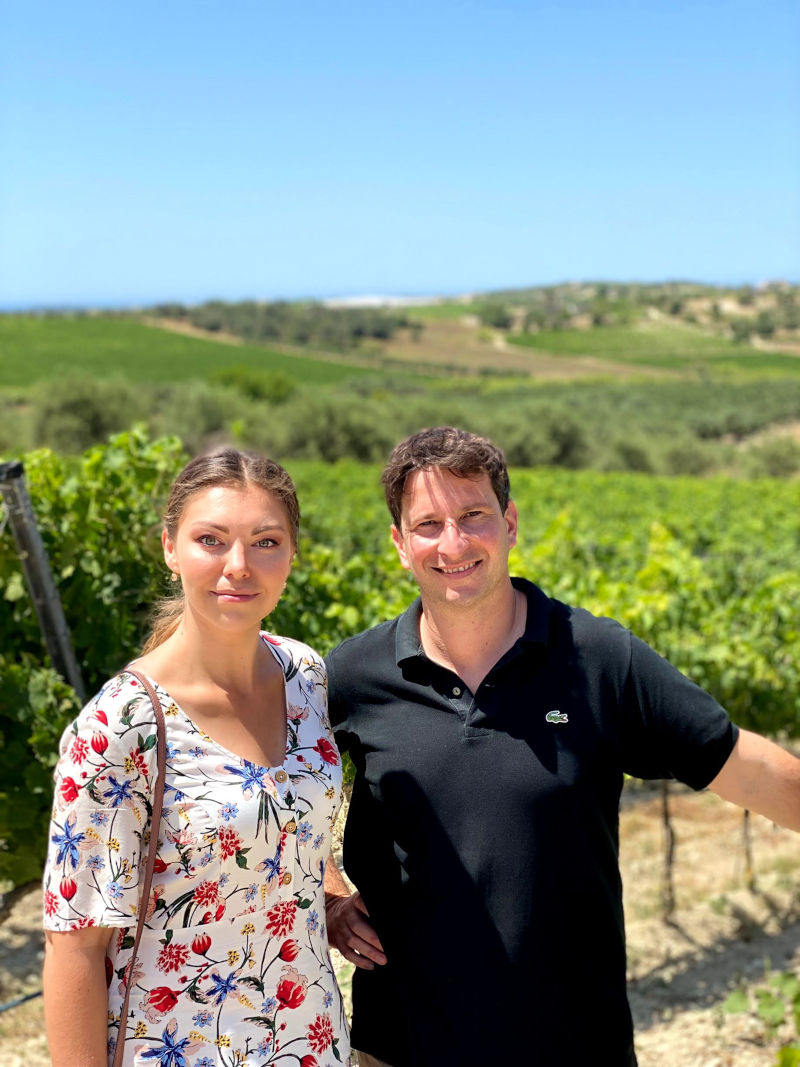
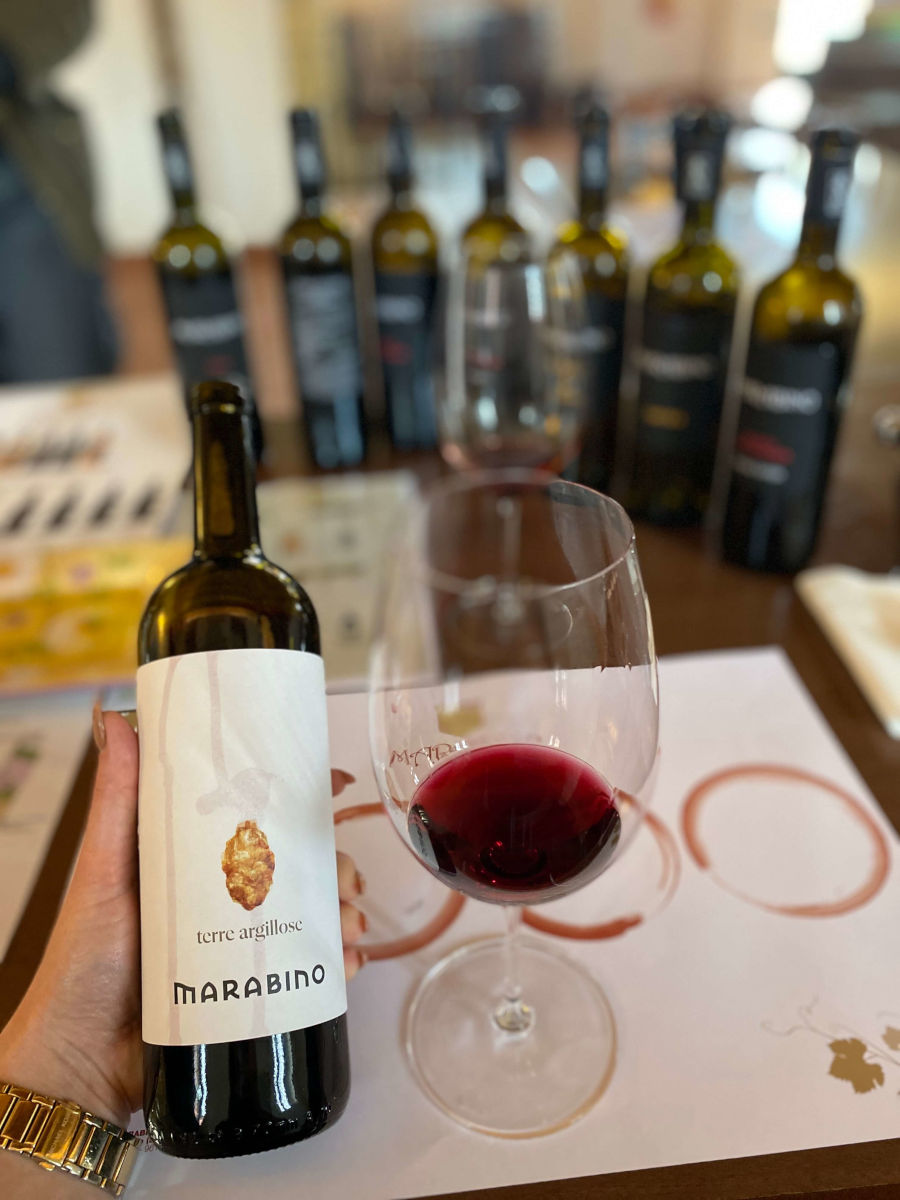
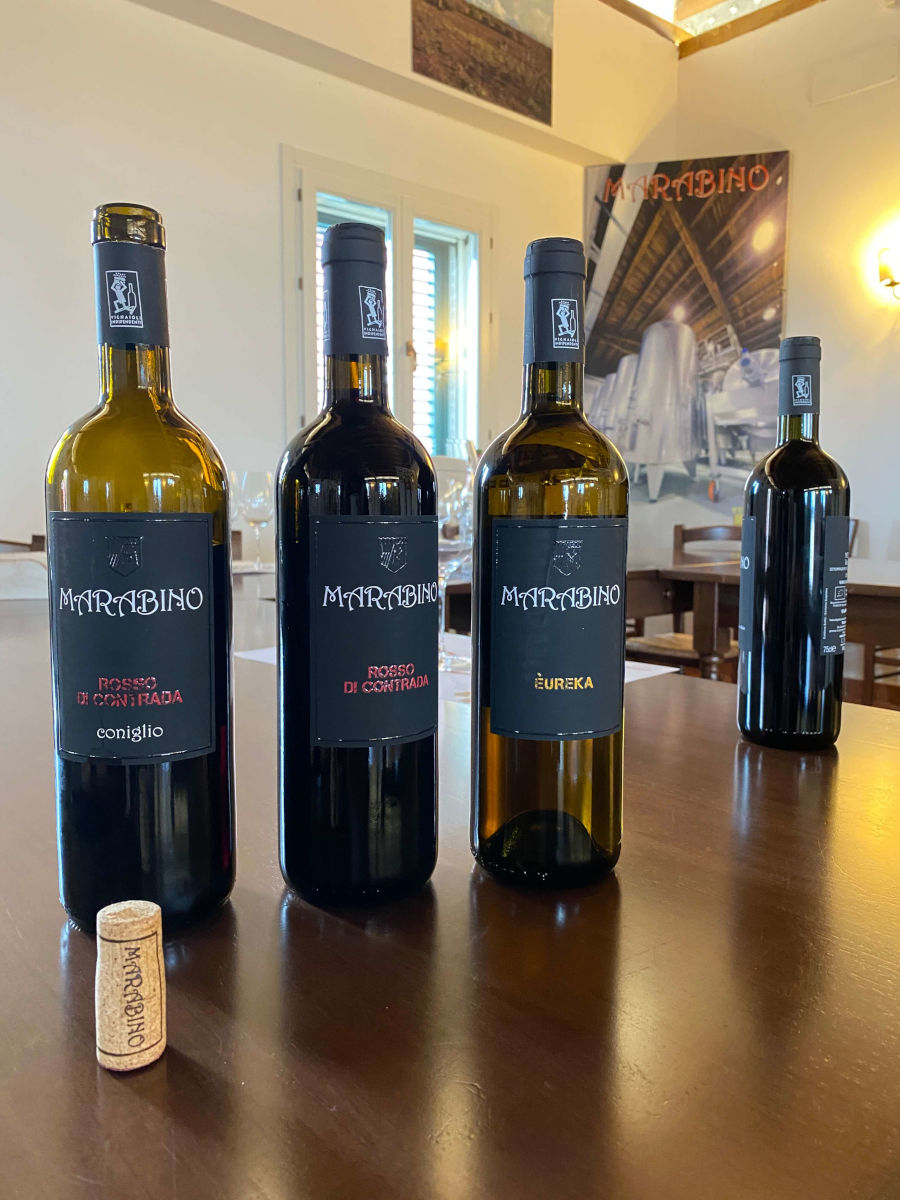
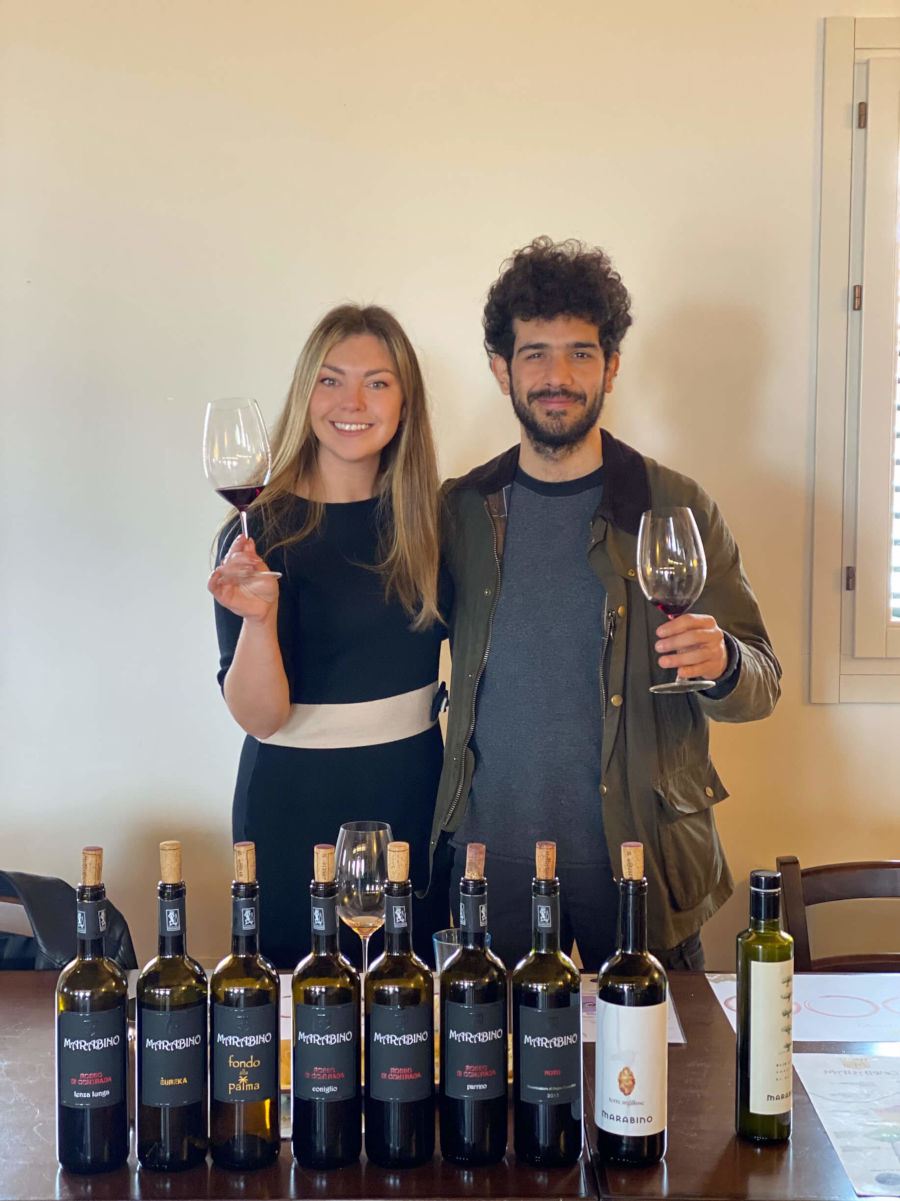
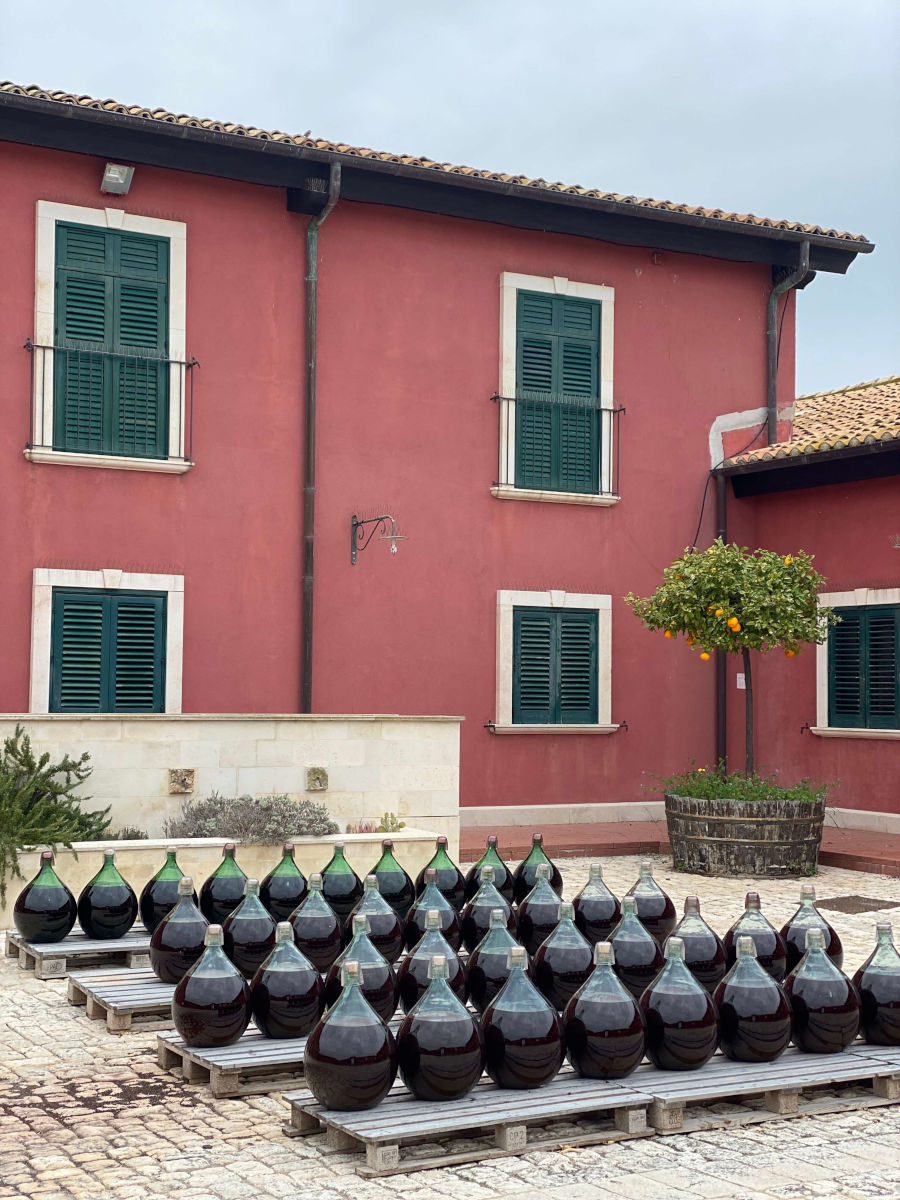
“…during these years we have tried to produce wines with an increasingly precise territorial identity without following fads or market demands, based on what we like to make and what we like to drink.” Pierpaolo Messina

Keep an eye not only on Marabino’s beautiful new labels, which elegantly convey the stylistic idea of the wines but also on his fascinating project on Solleggiato wine, the perpetual oxidative wine:
“Vino Soleggiato, the fruit of the earth, man and the sun. An ancient technique that uses the heat and light of the Val di Noto in order to give unexpected, complex, and fragrant wines that tell the energy of Contrada Bonivini. The sun-dried muscatedda grapes spontaneously ferment with the skins to obtain a dry wine with low alcohol 12% that evolves for years in barrels, followed by aging in steel using the traditional perpetual method, with decanting of small portions of new wine into tanks with aged wines from multiple vintages, the wine concludes its production process with a long period of exposure to the sun in glass demijohns. The wine has an almost imperceptible oxidative nuance, complex aromas of dried fruit and Mediterranean bush gaining through the action of the sun balance and aromatic complexity in an oxidative style.”
Tags :
artisanal wine,biodynamic wine,marabino,natural wine,nerodavola,redwine,sicilian winery
Share :
Related Post :
edit post

Marabino: elegance and finesse, a reverse trend of Nero d’Avola
March 29, 2023
edit post

Marco de Bartoli: history, traditions, Marsala wines passed down through generations
March 19, 2023